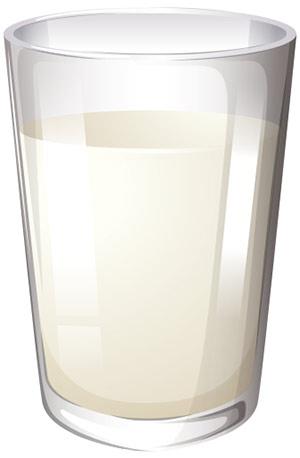
Meeting vitamin D needs in wintertime
By Julie Estlick
Did you know that getting enough vitamin D is essential to keeping your body running properly? Vitamin D plays major a role in several of the body’s systems. It functions like a hormone, and many cells in your body have a receptor for it. Your body even makes some vitamin D from cholesterol when your skin is exposed to sunlight. However, the amount of vitamin D your skin makes depends on many factors, including the time of day, season, latitude, and your skin pigmentation. Sunscreen, while very important, can decrease production of vitamin D.
Our winters have fewer hours of natural sunlight, so we need to get more vitamin D through our diet than through our skin.
Here's your winter vitamin D cheat sheet for optimum health:
Key health benefits:
- Vitamin D keeps the immune system strong to fight off sickness and infection.
- Vitamin D works with calcium to help build bone density as you grow and preserve loss of bone mass as you get older.
 Best sources of vitamin D include:
Best sources of vitamin D include:
Mushrooms, salmon (wild caught), and mackerel (wild caught). Kendall Reagan Nutrition Center recommends that adults eat 2-3 servings a week (8-12 oz.) of a variety of fish and shellfish. Choose fish that are low in mercury such as salmon, sardines, pollock, flounder, cod, tilapia, shrimp, oysters, clams, scallops, and crab.
Other foods rich in vitamin D:
- Tuna canned in water
- Sardines canned in oil
- Beef or calf liver
- Egg yolks
- Cheese
Add these foods to your diet or increase the amount you already eat.
 Foods fortified with vitamin D:
Foods fortified with vitamin D:
- Milk
- Yogurt
- Cereal
- Orange juice
- Margarine
How much do I need?
The recommended daily amount of vitamin D is 600 IU (15 micrograms) for ages 1 to 70 years, and 800 IU (20 micrograms) for people over 70 years old.
 Get some sun!
Get some sun!
Strive for 15-20 minutes of sun on exposed skin 3 times per week when it is warm enough to safely do so.
**When skiing or exercising at higher elevations, you are exposed to more UV rays and at greater risk of UV-related skin and eye damage. Always wear sunglasses or goggles with UV protection. Apply sunscreen of at least SPF 30 on face, ears, and neck. Reapply every 2 hours or after excessive sweating.
Signs/symptoms of Vitamin D deficiency (can be subtle):
- Getting sick more frequently
- Fatigue
- Bone pain and lower back pain
- Muscle cramps and/or weakness
- Mood changes
Vitamin D deficiency is common and can keep us from feeling our best. If you think you may have a deficiency, it’s important that you speak to your doctor and get your blood levels measured. You may be a candidate for vitamin D supplements.
Mix it up!
“Eating a mixture of foods that are both naturally high in vitamin D and fortified with vitamin D is a great way to meet your daily vitamin D requirement.”
~ Shelby Cox, MS, RDN, and director of Kendall Reagan Nutrition Center at Colorado State University